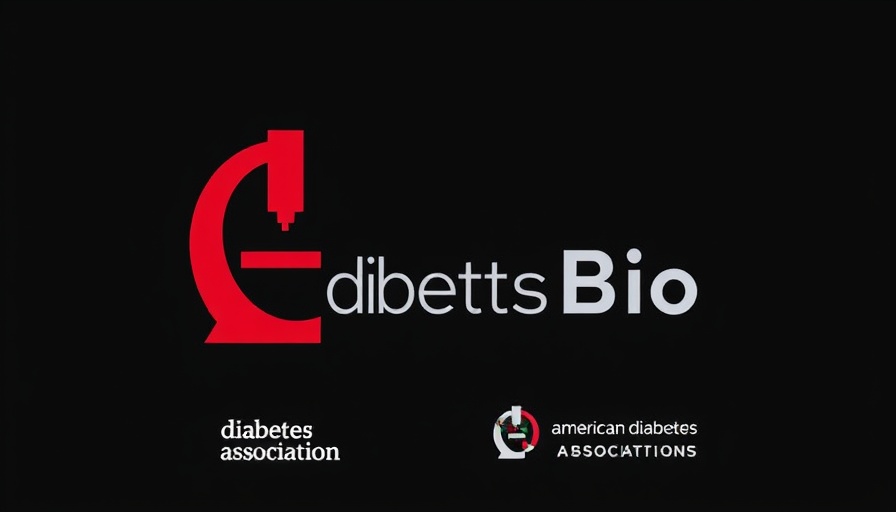
Breakthrough in Treatment for Language Disorders: A New Dawn
Recent advances in the treatment of language disorders highlight an innovative approach that may redefine how patients regain their communication skills. Traditional methods often focus on behavioral techniques; however, new research introduces a significant shift towards integrating technology and therapy. This method not only engages patients in a more interactive way but also offers personalized strategies that enhance recovery and learning.
Understanding Language Disorders and Their Challenges
Language disorders can impact anyone but are particularly prevalent among children and those recovering from strokes or traumatic brain injuries. These disorders can hinder a person's ability to communicate effectively, leading to social isolation and frustration. Traditional language therapies typically involve repetitive speech exercises. While progress is often made, many patients find themselves plateauing without substantial gains in their ability to express themselves.
Innovative Treatment Approaches: Technology Meets Tradition
The new treatment approach combines speech therapy with advanced technology such as virtual reality (VR) and artificial intelligence (AI). This harnesses immersive environments that stimulate language use in ways that traditional settings cannot. For instance, children can practice vocabulary in a virtual playground, making the experience enjoyable and less stressful. According to experts, this integration allows for real-time feedback and adjustments tailored to the patient's needs, significantly enhancing engagement and retention.
Expert Opinions: What Do the Specialists Say?
Leading neurologists and speech therapists have expressed optimism about this novel paradigm. They emphasize that combining technology with conventional methods could lead to faster recovery times. Interactive elements help maintain patients' interest, which is crucial in therapy. However, while many are eager to adopt these advancements, others caution against fully abandoning traditional techniques until more extensive studies confirm the efficacy of these new methods.
Future Trends in Language Disorder Treatments
As this novel treatment continue to gain traction, several trends are likely to emerge in the coming years. One significant possibility is the personalization of therapy based on patients’ specific needs, using data from their interactions. This will allow clinicians to adapt treatments continually. Furthermore, as technology evolves and becomes more accessible, implementations in homes may emerge, enabling therapy sessions that can occur outside of clinical settings. This accessibility is parented by the need for consistent practice, removing potential barriers for both children and adults.
Common Misconceptions About Language Disorder Treatments
There are many misconceptions surrounding treatments for language disorders. One prevalent myth is that individuals with language impairments lack intelligence or understanding. In fact, patients often possess significant cognitive abilities; their challenges stem from issues with expression rather than comprehension. Therefore, these new treatment methods emphasize respect and validation, providing a supportive environment where patients can thrive.
Encouragement for Families and Patients
Families navigating the complexities of language disorders can take heart from these advancements. Understanding that new, innovative approaches are being developed can alleviate some of the stress associated with traditional therapies. As research continues, families will have access to more resources and support, paving the way for successful communication strategies and overall improved quality of life for afflicted individuals.
Conclusion: Embracing Change in Treatment Approaches
The evolution of treatments for language disorders exemplifies the potential of merging technology with therapeutic practices. As we observe the success of these innovative methods, it is paramount for families, therapists, and healthcare providers to remain open to new strategies that could potentially transform communication therapies. Continued research and adaptation are essential as we advance toward a future where communication barriers can be significantly minimized.
 Add Row
Add Row  Add
Add 




Write A Comment